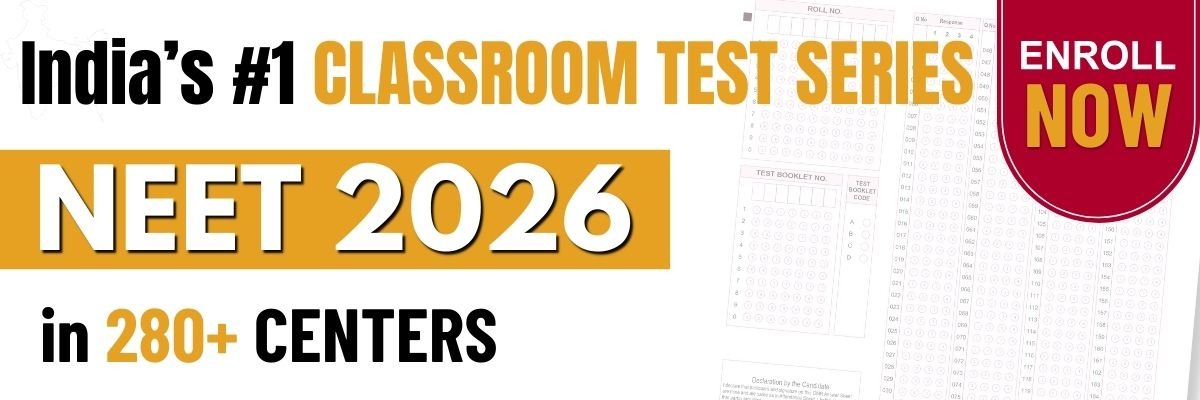Let \(\vec{A}=(\hat{i}+\hat{j})\) and \(\vec{B}=(\hat{2} i-\hat{j}) .\) The magnitude of a coplanar vector \(\vec C \) such that \(\vec A.\vec C=\vec B.\vec C=\vec A.\vec B\) is given by:
1. \(\sqrt{\frac{9}{12}}\)
2. \(\sqrt{\frac{20}{9}}\)
3. \(\sqrt{\frac{5}{9}}\)
4. \(\sqrt{\frac{10}{9}}\)
1. \(\sqrt{\frac{9}{12}}\)
2. \(\sqrt{\frac{20}{9}}\)
3. \(\sqrt{\frac{5}{9}}\)
4. \(\sqrt{\frac{10}{9}}\)
Subtopic: Vector Product |
56%
Level 3: 35%-60%
JEE
Please attempt this question first.
Hints
A particle moving in the xy plane experiences a velocity-dependent force \(\vec F= k\left(v_y\hat i +v_x \hat j\right)\) where \(v_x\) and \(v_y\) are the \(x\) and \(y\) components of its velocity \(\vec{v}\). If \(\vec{a}\) is the acceleration of the particle, then which of the following statements is true for the particle?
| 1. | Quantity \(\vec{v}.\vec{a}\) is constant in time. |
| 2. | Kinetic energy of particle is constant in time. |
| 3. | Quantity \(\vec{v}\times\vec{a}\) is constant in time. |
| 4. | \(\vec{F}\) arises due to a magnetic field. |
Subtopic: Vector Product |
Level 3: 35%-60%
JEE
Please attempt this question first.
Hints
Please attempt this question first.
If \(\vec{P} \times \vec{Q}=\vec{Q} \times \vec{P},\) the angle between \(\vec{P}\) and \(\vec{Q}\) is \(\theta\) \((0^\circ<\theta<360^\circ),\) then the value of \(\theta\) will be:
1. \(30^\circ\)
2. \(60^\circ\)
3. \(90^\circ\)
4. \(180^\circ\)
Subtopic: Vector Product |
62%
Level 2: 60%+
JEE
Please attempt this question first.
Hints
Please attempt this question first.


